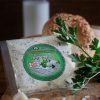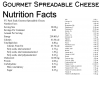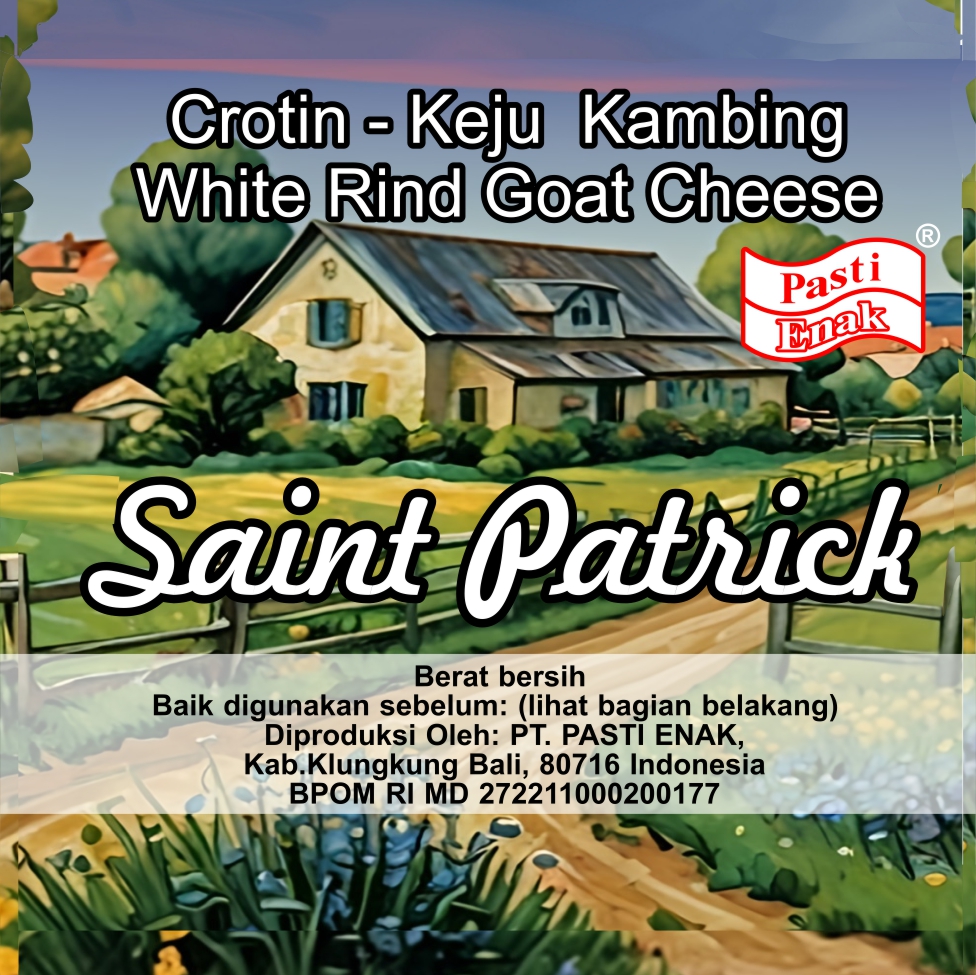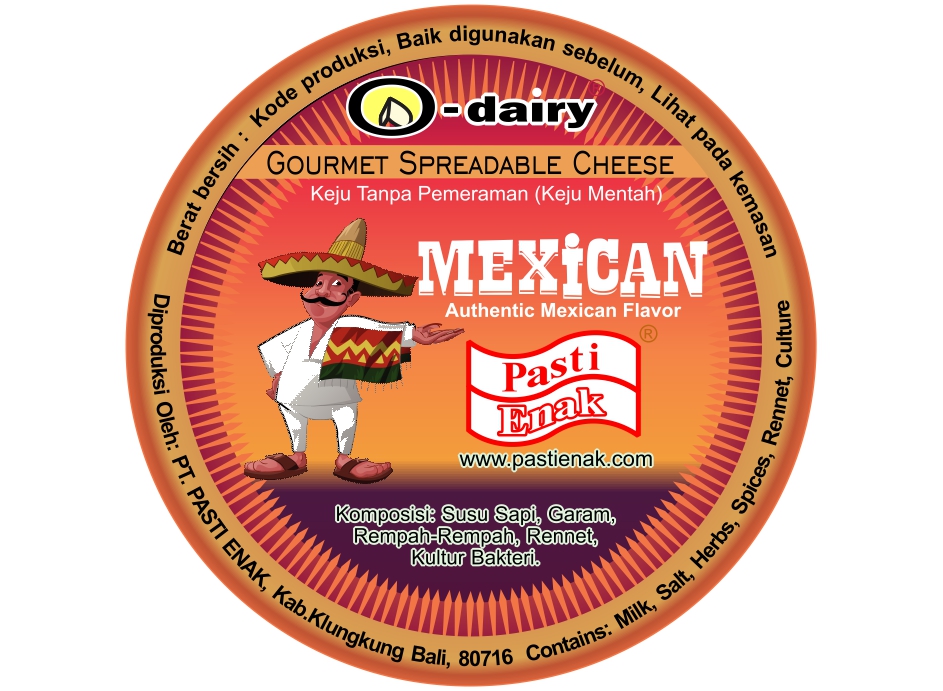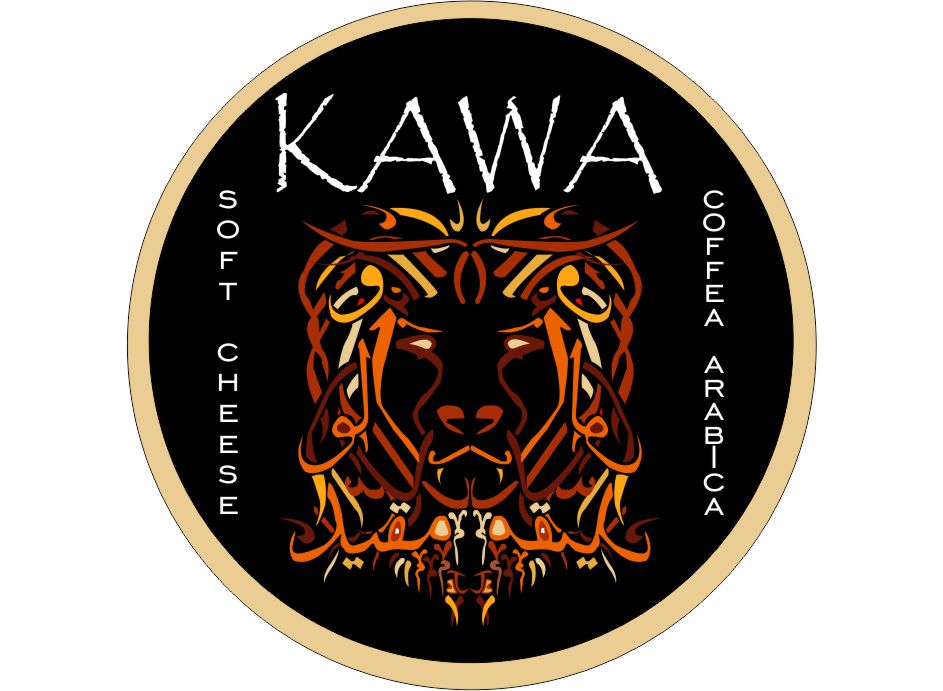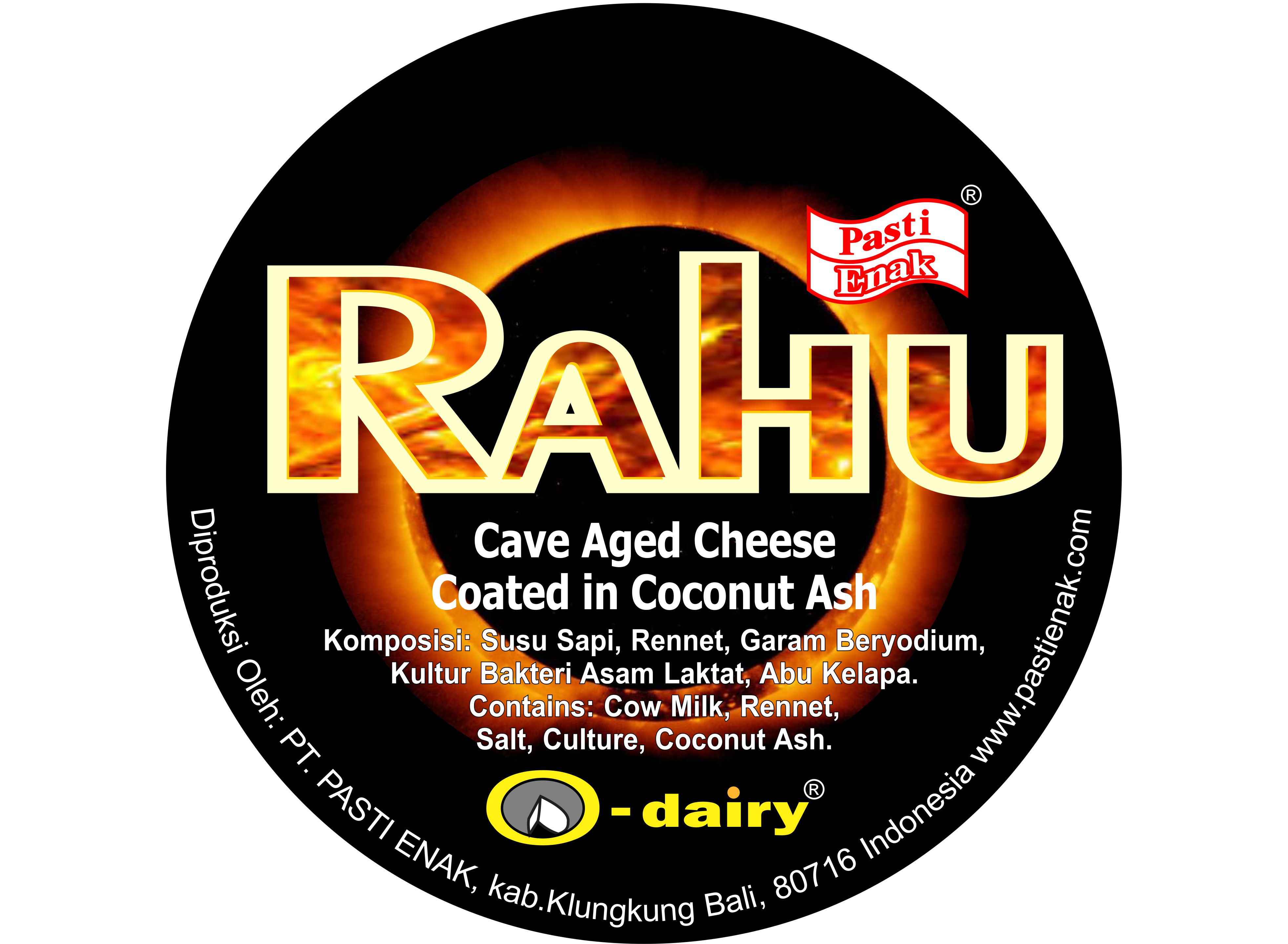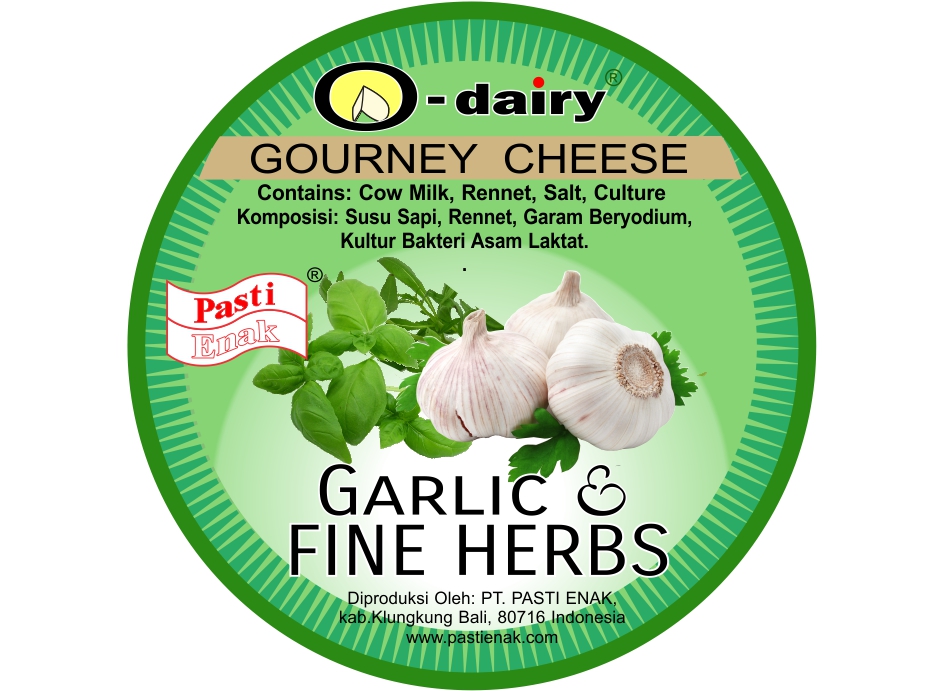
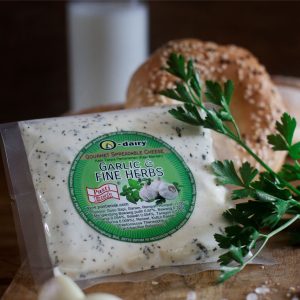

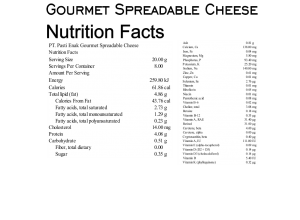

Gournay Spread Garlic & Herb 200 g
Original price was: Rp79,000.Rp68,500Current price is: Rp68,500.
Savory, creamy, and packed with flavor—our garlic and herb cheese spread is perfect for great as a spread, dip or sauce base.
We mix our fresh Gournay cheese with Garlic, Onion, Basil, Parsley, Tarragon, White Pepper, and Kusamba Sea Salt our Gournay Garlic and Herb Cheese.
This cheese is our version of a traditional spreadable cheese hailing from the commune of Gournay in Normandie, France. We adhere to tradition cheese making methods, resulting in this creamy multipurpose product.
| Weight | 200 g |
|---|---|
| Dimensions | 11.2 × 8.2 × 4 cm |

